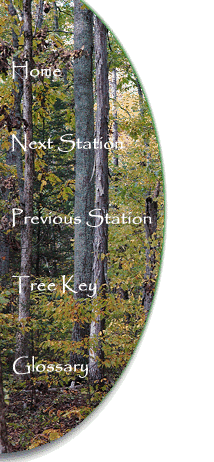| |
|
| |
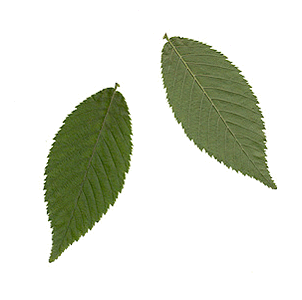 |
| |
Eastern Hophornbeam Leaf |
Identification:
In fall the leaves of the Eastern Hophornbeam will turn a soft gold.
The leaves are simple,
alternate and
doubly-serrate, darker on the upper surface
and lighter below. The veins branch one to several times as
they approach the margin. Each leaf is about 3 inches long.
Look for the alternate branching pattern on the tree as the leaves
fall.
| |
|
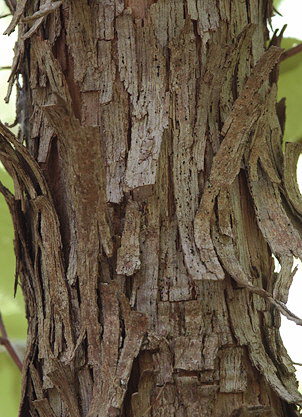 |
|
|
Eastern Hophornbeam Bark |
The bark of the Eastern Hophornbeam
is reddish brown or bronze
when young, becoming gray-brown, shredded and flaky as the tree
ages. On older trees the bark appears quite similar to the
Eastern Redcedar.
The twigs of the Eastern
Hophornbeam are dark reddish brown and slender.
| |
|
| |
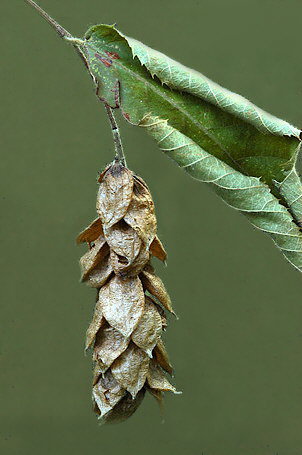 |
| |
Eastern Hophornbeam Fruit |
In late summer and fall look for
the clusters of nutlets hanging from the branches of trees beside
the trail. Each nutlet is ribbed and enclosed in a papery sac.
The hop-like appearance of the clusters of fruit, along with the
horn-like quality of the wood, gives this tree it's common name of
Hophornbeam. Look for the individual papery sacs on the
surface of the trail as you walk along.
Other Uses
and Lore:
The
genus name, Ostrya, is from the Greek meaning a tree with
hard wood. Another name for the tree is “Ironwood.” In fact, the
eastern hophornbeam’s wood is harder than oak, ash, hickory or
persimmon. Only dogwood is harder. In times past its wood was used
for the handles of mallets and axes. The fruits provide food for
northern bobwhite, white-tailed deer and eastern cottontail rabbits.
The Trail From
Station Four to Station Five
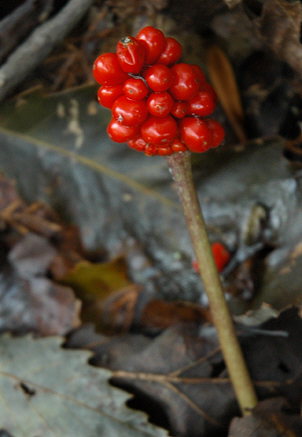 |
| Green Dragon
Fruit |
It is not far
from Station Four to Station Five. Look for wildflowers and
the fruiting bodies of wildflowers, like the Green Dragon fruit
shown at right. Be sure to look carefully at the surface of
the trail for the papery seed sacs of the Eastern Hophornbeam.
Listen for bird species as you move down the trail. Although
many birds are not as vocal in the fall, you can often hear resident
birds like the Carolina Wren and the Blue Jay. Look for
Station Five on the right side of the trail.
|
